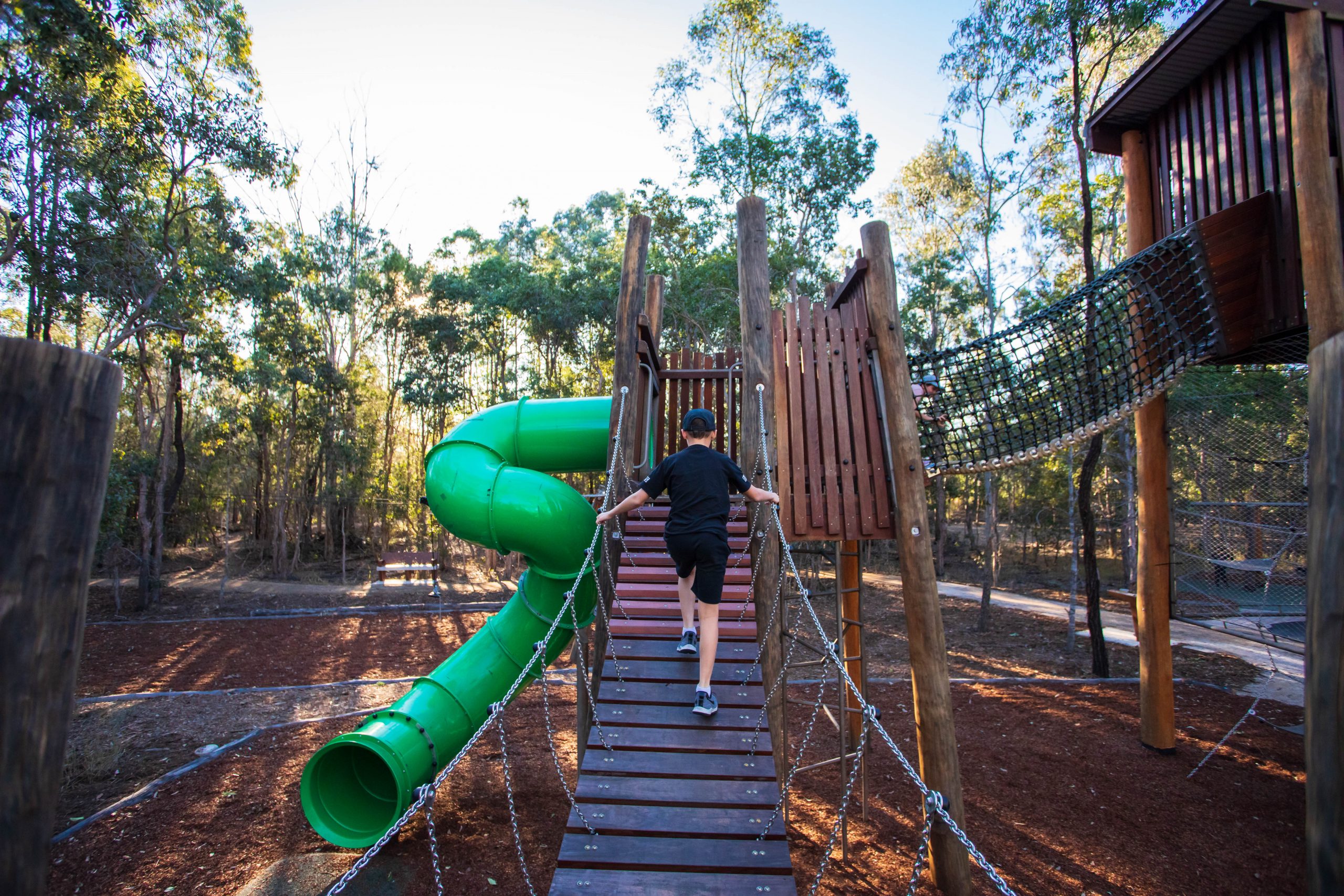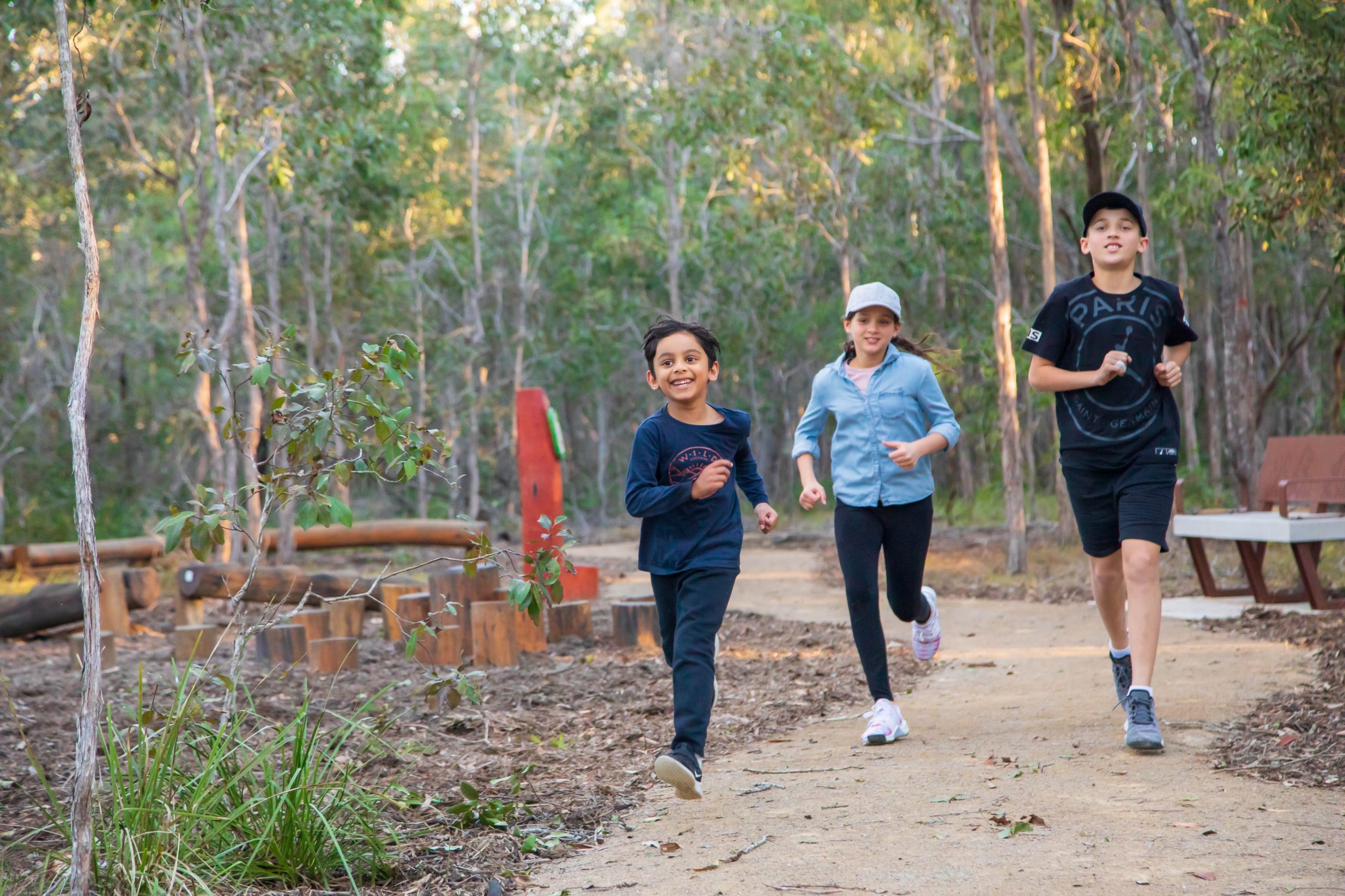Archerfield Wetlands Bush Resources
We acknowledge and respect the spiritual relationship between Traditional Custodians and this Country, which has inspired language, songs, dances, lore and Dreaming stories over many thousands of years. We pay our respects to the Elders, those who have passed into the Dreaming; those here today; those of tomorrow.
Archerfield Wetlands was a place rich in resources for First Nations people
For thousands of years, First Nations communities have thrived in diverse environments, relying on the abundance of native plants and animals for sustenance and raw materials.
The intricate knowledge of these resources and their uses is passed down through generations, forming an essential part of First Nations people’s cultural practices, stories, and spiritual connection to the land.
Understanding these traditional resources fosters respect and appreciation for the wisdom and resilience of First Nations people, strengthening cultural heritage and promoting cultural diversity.
Plants and animals found here were an essential source of food and medicine, and provided raw materials for things that were required to support daily life such as shelter, tools and weapons. The Archerfield Wetlands District Park Bush Resources Garden provides information on a selection of local native plants and their traditional uses by First Nations people.
The plant species within the Bush Resources Garden have been selected by Brisbane Sustainability Agency in consultation with the Yuggera Ugarapul People and their Ethnobotanist. Ethnobotanists study the traditional knowledge and customs of the people of a particular culture and region and how they use native plants for things such as food, medicine, tools and weapons.

To note: Information provided on the plant species included within the Bush Resources Garden has been prepared by Brisbane Sustainability Agency using information contained within the Archerfield Wetlands Parkland – Cultural Heritage Recommendations Report, 2024, prepared by Wright, N & Ustunkaya, C (Archaeobotanika).
Archerfield Wetlands District Park Bush Resources Garden – Species List & Traditional Uses
- References to edible fruits or plants within the Archerfield Wetlands District Park Bush Resources Garden is for information only
- Some native plants are poisonous and correct identification before consumption is essential.
- Certain bush foods require special preparation before eating and may cause illness if not prepared correctly.
To note: The hyperlinks contained in the below table link each plant species to their respective page in the Atlas of Living Australia (ala.org.au).
| Common name | Species name and link to further information | Traditional uses |
|---|---|---|
| Midyim berry | Austromyrtus dulcis | Endemic to the coastal areas of South-East Queensland and northern New South Wales, this plant has round, light blue-grey spotted fruits. The sweet berries can be eaten raw or pounded into a jam-like paste and are considered one of the tastiest bush tucker fruits. |
| Pink-fruited lime tree | Glycosmis trifoliata | This bushy shrub, or small tree, produces tiny white fragrant flowers followed by clusters of small pink juicy fruits that taste sweet with a flavour similar to honey. It is also a host plant for the Swallowtail Butterfly. |
| Native ginger | Alpinia caerulea | A versatile plant, pulp from the young stems and its bright blue berries can be eaten raw, while the roots can be used in cooking. Historically, the leaves were used for thatching as well as to wrap food for cooking. |
| Ruby saltbush | Enchylaena tomentosa | Commonly known as salt bush, most of this low-growing groundcover is edible. The tiny red fruits can be eaten raw when ripe. The fleshy green leaves are also edible, but should be cooked before eating or consumed in small quantities. |
| Zig-zag vine | Melodorum leichhardtii | A vigorous evergreen climber with edible tangy orange fruit. The fruit was often maggot infested which increased nutritional value, making them particularly attractive as food for some First Nations communities. |
| Black apple | Planchonella australis | A slow growing rainforest tree found along the eastern coast of Australia. The black fruit is edible and roughly the size and shape of a plum. |
| Shrubby plum vine | Podocarpus spinulosus | A small, shrubby conifer that produces cones on a blue-black, fleshy, fruit-like stalk which can be eaten raw or cooked. Male and female plants are required to be in proximity for the plants to fruit. |
| Slender palm lily | Cordyline stricta | An evergreen understorey plant with edible purple-black berries that are highly prized bush tucker. It is the only species of cordyline with black fruits in Australia. The plant is also butterfly attracting. |
| Scrambling lily | Geitonoplesium cymosum | This spreading vine has small, fragrant, star-shaped flowers, and black edible fruit. New shoots can be eaten raw or cooked. The shoots and leaves can also be boiled to make a tea and poultice. |
| Sandpaper fig | Ficus coronata | The small fig tree is common around water courses in South East Queensland. It has brown-purple fruits which are edible raw (after processing), or can be cooked. Historically, the leaves were used as sandpaper and the bark string used to make dillies (woven bags). |
| Blue tongue | Melastoma affine | The sweet, blue-black berries can be eaten raw. The common name ‘Blue tongue’ refers to the pulp within the fruit which stains the mouth. The purple flowers can be boiled to make a tea. Historically, the pulp and juice of the berries was used as a natural stain or dye in ceremonies. |
| Whip vine | Flagellaria indica | A vigorous vine with curled leaf tips that allow it to climb strongly. While not edible, historically, this vine was widely used as a rope for climbing trees. The rope was soaked in water after use to keep it supple. |
| Green mat rush | Lomandra hystrix | Much of this plant is edible. The flowers can be soaked for nectar, the seeds can be ground into flour and the pale-green base of the leaves can be chewed. Historically, the long smooth leaves were used for weaving baskets, nets, ropes and traps. |






